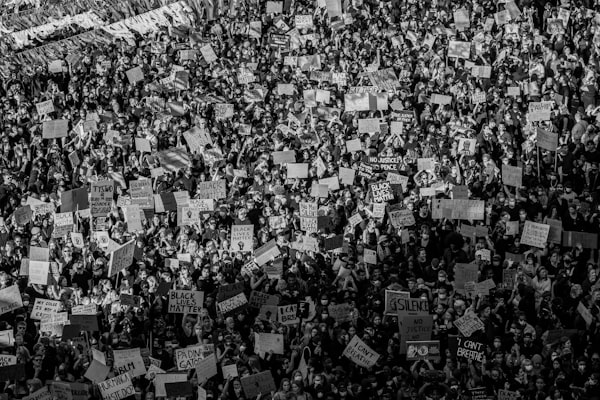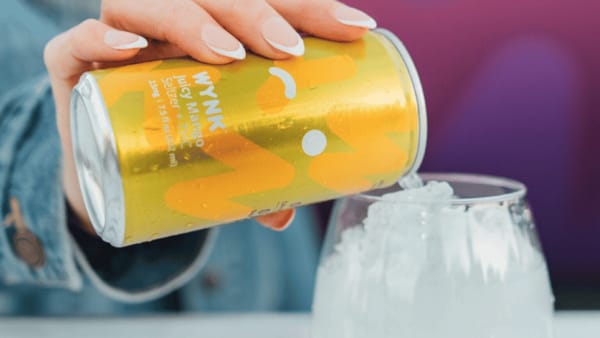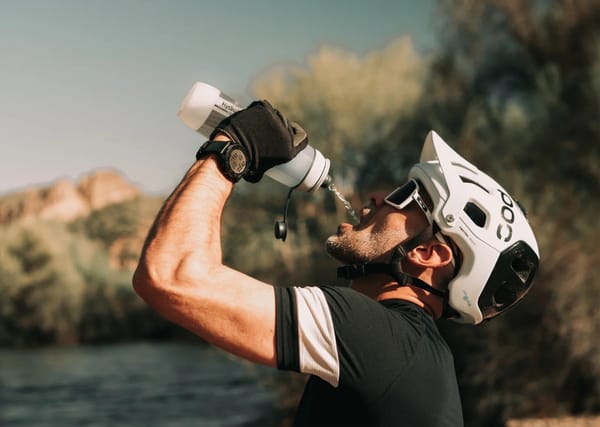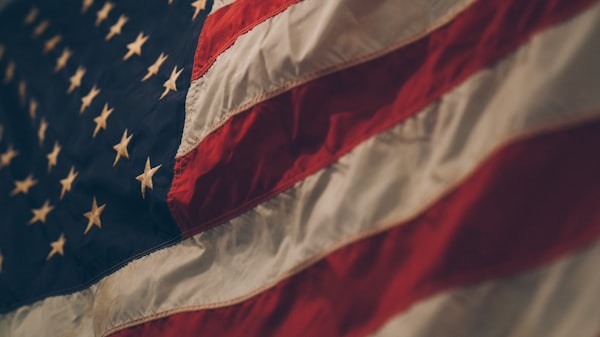Why You Get Muscle Cramps and What You Can Do About It
Muscle cramps sneak up on you suddenly. You might be sitting on the couch or 25 miles from home on your bike when one strikes, regardless of where you are or what you are doing a muscle cramp can be excruciatingly painful and hard to treat. Cramps can get in the way of fitness and can ruin your chances when competing.
We’re all prone to those spontaneous, out of nowhere muscle cramps that knock you down for a few seconds. If you’ve ever wondered what’s going on or how to stop cramps, read on.
What Causes Muscle Cramps?
Overuse of a muscle, dehydration, muscle strain or simply holding a position for a prolonged period can cause a muscle cramp.
Although most muscle cramps are harmless, some may be related to an underlying medical condition, such as:
- Inadequate blood supply. Narrowing of the arteries that deliver blood to your legs can produce cramp-like pain in your legs and feet while you’re exercising.
- Nerve compression. Compression of nerves in your spine also can produce cramp-like pain in your legs. The pain usually worsens the longer you walk.
- Mineral depletion. Too little potassium, calcium or magnesium in your diet can contribute to leg cramps. Usually, this is due to inadequate replenishment of minerals through diet and supplementation, but it can also be due to underlying medical issues. If you have consistent cramping despite diet modification you should see a doctor.
For most athletes, cramps are due to inadequate hydration and mineral depletion. Lack of fluids causes a loss of electrolytes. Nerves talk to muscles and muscles talk to themselves using electrolytes like magnesium, potassium, and sodium (salt), when they are not available in the required concentrations the nerve-muscle communication system goes awry. This causes the nerve impulse to the muscle to fire in an erratic way, which causes the muscle to spasm involuntarily.
How to Stop Muscle Cramps
Eat more salt. When people tell you to drink Gatoraid (or anyother sports drink for that matter) for electrolytes, they’re really just telling you to eat more salt. You can avoid the sugar and other additives in those drinks, by simply salting your food more. As long as you’re a healthy, non-hypertensive person more salt won’t do you any harm. Eating more salt has the added benefit of making you thirsty as well.
Drink more water. If you know you’ll be doing a big workout in the morning, start hydrating the night before. When it comes to hydration, an ounce of prevention is worth a pound of cure. You don’t want to find yourself mid-run, with a cramp, trying to gulp down water. That’s just a recipe for vomiting. Here’s how I make sure I’m good to go, the night before a big bike ride or workout I drink water until my urine runs clear, it’s that simple.
Eat your electrolytes. Don’t rely on sports drinks for electrolytes. Sodium is easy to adjust by simply adding table salt to your food. If that doesn’t do it try upping your intake of magnesium and potassium by eating the following:
Magnesium-rich foods include:
- Spinach
- Chard
- Pumpkin seeds
- Yogurt or Kefir
- Almonds
- Black Beans
- Avocado
- Figs
- Dark Chocolate
- Banana
Potassium-rich foods include:
- White Beans
- Spinach
- Potatoes
- Apricots
- Squash
- Yogurt
- Salmon
- Avocado
- Mushrooms
- Banana
Supplement if Needed. For the longest time, I was having quad and calf cramping in the evening before and while trying to go to bed. Not long after I started taking a ZMA (Zinc Monomethionine Aspartate, Magnesium Aspartate, and Vitamin B6) supplement before bed and noticed that my leg cramps were much better on the days I took it. Turns out magnesium was the cure to my nighttime cramps. When diet and hydration don’t solve your cramps a supplement might be the ticket to cramp free exercise and rest.





